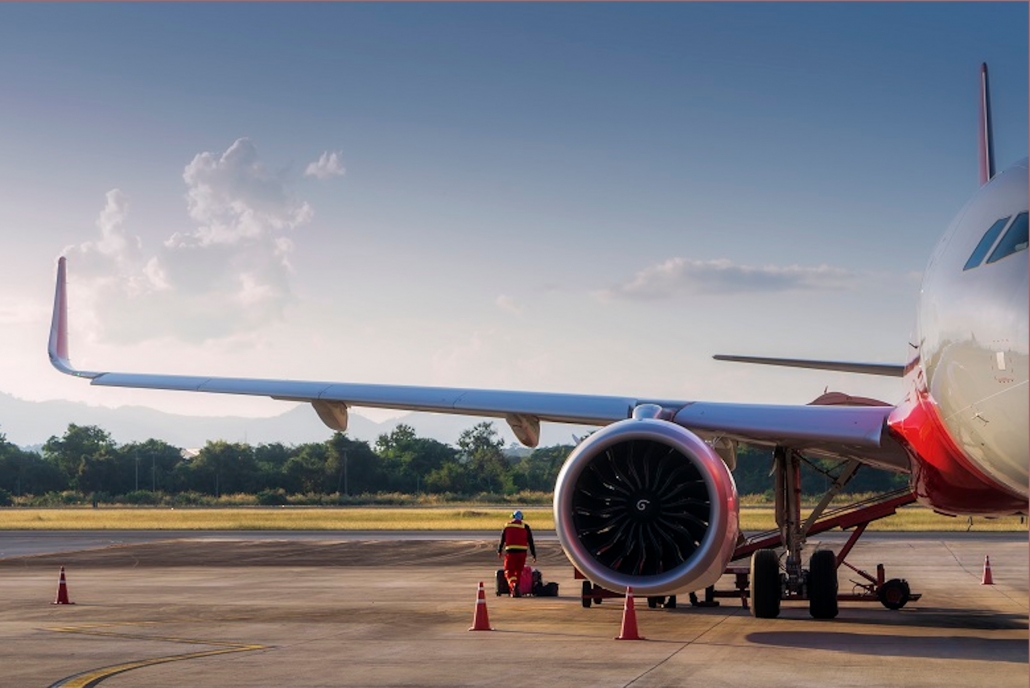2021 will see significant changes to current EU customs regulations. In May last year, I talked about how the
EU plans do away with de minimis thresholds. Since then, we were expecting the following changes: the definition of new EU customs regulations, the new systems, and the timeline for implementation.
Transition period for BREXIT comes to an end in January 2021. After January 2021, the UK will trade with the EU with the same rules, regulations, and restrictions as the rest of the world.
I’ll get into BREXIT more in-depth once UK trade deals have been better defined. Both with the EU and the rest of the world. For now, it’s important to note that the UK will no longer trade as part of the EU after December 31, 2020. So, these EU customs changes will affect the UK the same as the rest of the world.
Why is the EU Making VAT Changes?
Cross-border ecommerce wasn’t a consideration when the European Commission created its VAT policies. As a result, the current policies favor non-EU merchants not subject to VAT. At the same time, the EU loses out on billions of Euros in lost VAT revenue annually. European merchants are subject to pay VAT for all transactions, while merchants outside of the EU member states are not. This VAT requirement for EU merchants creates an unequal playing field where “outsiders” can compete without charging customers 15% VAT. The European Commission estimates that the new requirement will not only assist EU merchants but also bring an additional €7 billion in VAT revenue.
Who Will Have to Register for EU VAT?
If you are trading or moving goods in, around, or out of Europe, there is a high likelihood you will be liable to pay VAT.
In the current system, each country determines its own
domestic and distance selling thresholds. In 2019, the EU set a global threshold of EUR 10,000 for telecommunications, broadcasting, and electronic (TBE) services. This same €10,000 threshold will extend to all businesses in July 2021.
Even with the thresholds, VAT for the customer is unavoidable. Transactions with merchants who fall below the selling thresholds will require the buyer to pay VAT to customs upon goods entering the EU.
Changes to Customs Procedures 2021
To collect VAT efficiently and effectively, the EU has had to make significant changes to its customs procedures.
Greater Waybill Transparency
Starting July 1, 2021, EU customs will prescreen
ALL shipments at the country of departure before the freight company can load the goods. For this reason, a detailed waybill with a description of goods must accompany the shipment.
Details must include:
- Shipper, Exporter, Receiver, and Importer of Record address & contact
- Value of the goods, freight, and insurance costs (depending on the Incoterm)
- Line item, detailed Goods Description, HS codes, and Country of Origin
- Incoterms, Weight & Quantity
- Type of Transaction & Reason for Export
Here are some examples of waybill descriptions the EU will no longer accept:
No longer accepted: Samples
New Mandatory Description: Samples of curtains (including drapes) and interior blinds; curtain or bed valances of cotton HS Code: 6303.91.XXXX (last digits are country-specific)
No longer accepted:Parts
New Mandatory Description: Parts of pumps for liquids, whether or not fitted with a measuring device; liquid elevators HS Code: 8413.91.XXXX
Mini One Stop Shop (MOSS) EU VAT Portal
The Mini One Stop Shop (MOSS) will coincide with the new VAT and customs regulations.
2015, the EU established the
MOSS portal to make it easy for merchants to register and pay EU VAT. The system is currently used by telecommunications, broadcasting, or electronically supplied services to pay VAT.
Starting in July 2021, all businesses will use the MOSS portal to
submit returns and pay VAT.
Import Control System 2 (ICS2)
In 2021 the EU will also implement Import Control System 2 (ICS2). ICS2 is an advanced cargo information and risk analysis system designed to alert customs officials to possible security threats.
As with the new VAT procedures, ICS2 is an advanced system whereby shipments are screened and approved before loading at the country of departure.
The EU promises ICS2 is more effective and efficient at screening for threats while keeping shipments moving without unnecessary delays.
“It will collect data about all goods entering the EU prior to their arrival. Economic Operators (EOs) will have to declare safety and security data to ICS2, through the Entry Summary Declaration (ENS).”
Excerpt from EU Import Control System 2 (ICS2)
According to the EU’s official documentation, ICS2 will:
- Increase the protection of EU citizens and the internal market against security and safety threats;
- Allow EU Customs authorities to identify high-risk consignments better and intervene at the most appropriate point in the supply chain;
- Support proportionate targeted customs measures at the external borders in crisis response scenarios;
- Facilitate cross-border clearance for the legitimate trade;
- Simplify the exchange of information between Economic Operators (EOs) and EU Customs Authorities.
ICS2 Three-Stage Release
The EU has outlined a three-stage implementation for ICS2 with Release 1 taking effect March 1, 2021.
ICS2 Release 1
- Who? – Express carriers and European based postal operators and Third-country postal operators shipping to Europe.
- When? – The first release becomes effective on 15 March 2021.
- How? – Pre-Loading Advance Cargo Information (PLACI) using the minimum ENS dataset.
ICS2 Release 2
- Who? – Postal operators, express and air carriers, and freight forwarders.
- When? – The second release becomes effective on 1 March 2023.
- How? – Operators have to complete the ENS dataset for all goods in air transport.
ICS2 Release 3
- Who? – Operators carrying goods on maritime and inland waterways and roads and railways.
- When? – The final release becomes effective on 1 March 2024.
- How? – Operators have to complete the ENS dataset for all goods in these sectors, including postal and express consignments.
eLogistics – Logistics for eCommerce
Navigating the world of logistics in the world of eCommerce can be daunting. In 2019 I released eLogisitics – Logistics for eCommerce. In it, I simplify terminology, international regulations, and the many fascitis of cross-border eCommerce.
I also speak about technologies like blockchain and the future of eLogistics as we move more towards fully digital systems for trade.
The EU’s new customs regulations take a positive step towards digitizing cross-border systems, and we’re likely to see many countries implementing similar procedures.
 https://apgecommerce.com/wp-content/uploads/APG_Logistics_Air-1.jpg
1711
2560
APG Admin
https://apgecommerce.com/wp-content/uploads/APG_logo@1x.png
APG Admin2021-07-23 18:56:362023-01-25 13:11:34APG ECOMMERCE: REVENUE UP A RECORD-BREAKING 90%
https://apgecommerce.com/wp-content/uploads/APG_Logistics_Air-1.jpg
1711
2560
APG Admin
https://apgecommerce.com/wp-content/uploads/APG_logo@1x.png
APG Admin2021-07-23 18:56:362023-01-25 13:11:34APG ECOMMERCE: REVENUE UP A RECORD-BREAKING 90%




